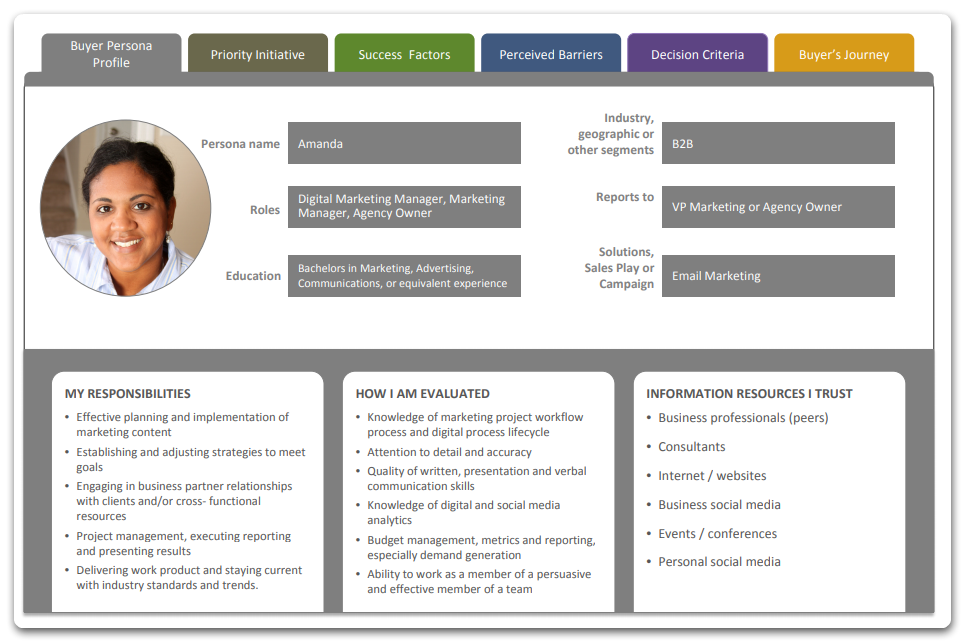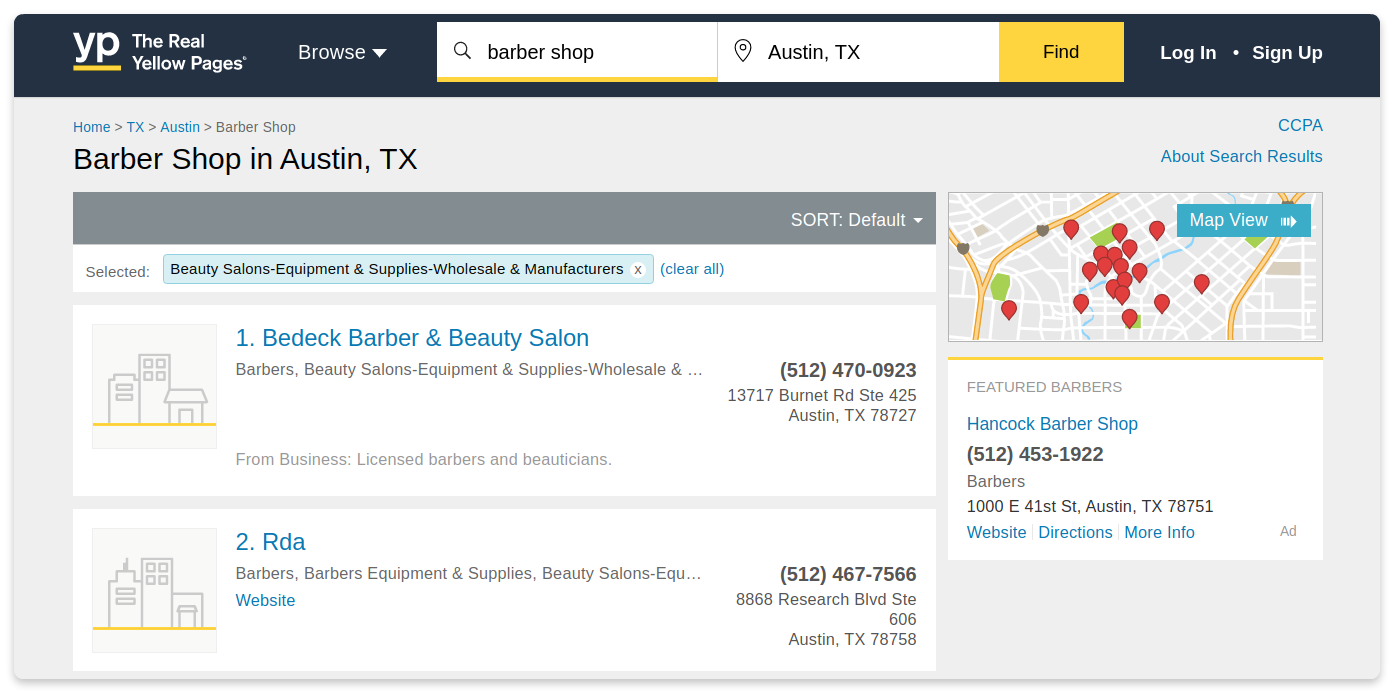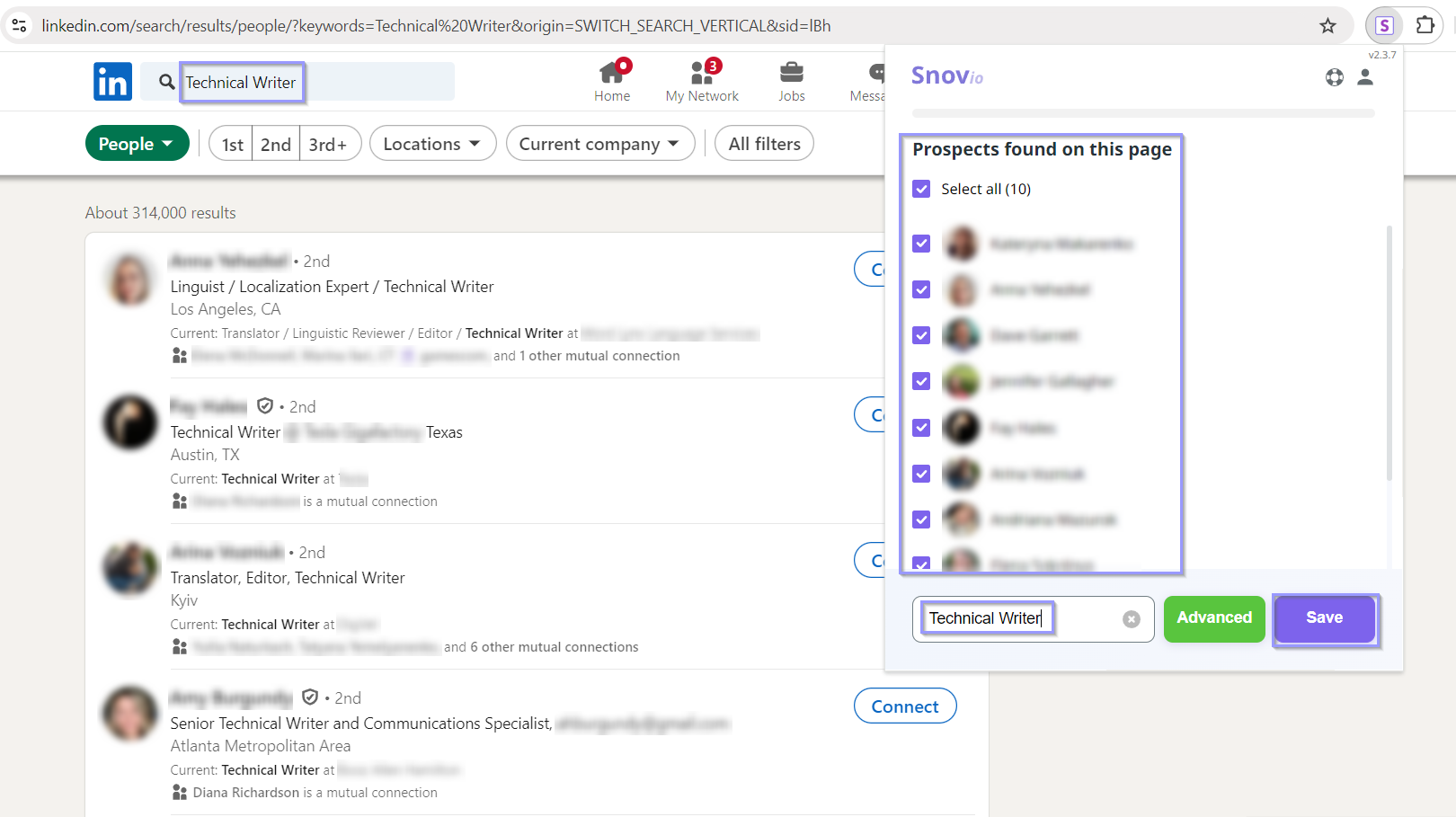The way companies utilize marketing methods has changed a lot in the last ten years. Nowadays, both online and offline businesses try to dive as deep into digital channels as they can.
With most companies having their businesses presented online, we can see an ever-growing competition in digital marketing and sales. No wonder – every company wants a loyal client base. But to achieve that, it first needs to find potential leads. That’s where we can help by showing you how to get clients for digital marketing on any budget.
Step 1: Strategic planning
Theory first! Before focusing on getting clients and starting any campaign, whether it’s inbound or outbound, you should first define who your potential customers are.
Who is your potential client?
A potential client (aka a lead) is the person who is likely to become your customer. A basic lead is just the name of a person and an email address, but you should always strive for enriched leads when possible.
Creating an image of potential clients is easy when you have existing ones. Analyze their profiles – who they are, what kind of businesses they have, and what their unique parameters are. Once analyzed, you will have your targeting.
Targeting criteria
Targeting is based on specific criteria, reflecting your ideal customer profile. For B2B, these would be:
- Geographical location: e.g., the Midwestern United States, Eastern Europe
- Business type: e.g., auto repair shops, law firms, IT companies
- Company size: e.g., under ten employees, solopreneurs, corporations
- Interests etc.
B2C targeting can be a little more in-depth.
But what if you’ve just started and don’t have any clients yet?
Try following a buyer persona method. Create three buyer personas that could be interested in the product or service you offer. This is quite a creative task, so apply your imagination and skills when describing them. Just like with analyzing existing customers, you should pay attention to details here as well – describe your buyer personas as much as possible.
Tips that will help create your perfect buyer personas:
- Name them. Give them names you like, for example, John/Elizabeth/Steven. This will help you present your buyer personas to the team.
- Create three personas. This will allow you to test 3 different target markets. You can separate them by niche, size, and the product you offer.
- Use one list of parameters for all personas. This will allow you to analyze and compare your personas better. If it’s company size, measure it across all three personas, same with geo, niches, budgets, etc.
- Visualize them. Your created personas are real; these are clients who will buy from you. Persona is called persona because it’s more than just a target market – it’s a personalized pool of people or businesses you will target.

Companies can’t hunt potential clients if they don’t have a perfect buyer persona built based on these parameters. But assuming you already know who your potential client is, you need some lead generation tools, resources, and digital marketing strategies to generate more customers, so read on.
Step 2: Lead generation
Lead generation is one of the essential marketing components. The more leads are generated, the more campaigns you can send, and the more warm leads you can forward to sales representatives.
How to find clients for digital marketing
There are many different solutions on how to find clients for digital marketing or sales needs, but let’s stick to the most popular and effective ones. These resources are used by both B2B and B2C types of companies, so we believe you will find the one that best fits your strategy!
1. Open directories
Directories like YellowPages, Yelp, DMOZ, Manta, WhitePages, and many others are perfect places to get clients. Here you can find thousands of companies filtered by geographical location, business type, and niche. Most of these directories will also grant you access to contacts like an email address and a phone number.

You can quickly build a list of potential clients for digital marketing by extracting this data manually or automatically with lead generation tools. Check out this list of 20 B2B directories for lead generation you can try right now for more targeted and enriched leads.
2. Social networks
Social networks are a lead generation goldmine; it’s no secret. LinkedIn is probably the best source. The most efficient way to get new clients is to use the Built-in Search (to filter out users by your buyer persona parameters) or Groups (to contact members of relevant groups). These leads can then be extracted using an email finder that collects full prospect profiles, like this LinkedIn prospecting tool from Snov.io.

The social network method is great because you can reach out to individuals. Additionally, you get access to pretty accurate and detailed targeting. Back in the day, it was hard to extract contacts of potential clients from social networks, but modern lead generation tools make it 100% possible.
3. Website extraction
This method is based on visiting websites of companies that fit your buyer profile and extracting contact emails of relevant employees (buyers – company employees, managers, C-levels). It’s an extremely popular method that provides targeted leads and can be performed in bulk.

This website extraction method also allows you to use different targeting approaches – from visiting niche or interest-related websites to finding websites that use certain technologies related to your service.
4. Databases
This is one of the oldest methods used by bigger and enterprise-level companies. It’s based on buying access to a database of potential digital marketing clients that are already pre-generated, pre-verified, and enriched. Databases have various built-in filters, allowing you to generate a list of leads within minutes.
Usually, such databases are more expensive than other methods and tools, but this is the fastest available method of getting clients for online and offline businesses. For SMEs, we recommend sticking to the first three methods we’ve described, as well as inbound marketing.
Lead generation tools for digital marketing
Using powerful lead gen tools and automating prospect search is the way to go if you want to efficiently get more clients, free up your sales team’s time, and put it into closing sales.
First, we recommend using both web apps and Chrome extensions. You won’t lose time switching between numerous tabs, copy-pasting essential data, and mixing up names. Just register, install the extension, click the extension icon on any website, choose the email addresses and names you want, and save them to your list.
You can then launch an automated email campaign through the same platform (here’s how) and monitor opens, clicks, and replies.
If you’re looking for other email finder solutions, check out this comparison of top email finder tools on the market.
Step 3: Lead verification
When potential clients are collected and stored in a separate file, it’s time to verify and enrich them.
Lead verification is a must – no matter how trusted the source was. You should get rid of invalid and non-working email addresses to ensure your messages will be delivered as planned. The more verified your email list is, the better delivery, open, and click-through rates you will see.
Lead verification can be executed with desktop tools or services. Some verification steps can even be done manually, but it’s a pain!
Here you will see how email verification tools and services usually verify leads. This will help you understand how it works and why it’s important:
- Syntax check is the first step of verification and a fundamental feature of all email verifier tools. It checks whether an email address is spelled correctly – has no commas and spaces – and whether all @s, dots, and domain extensions are in the right place. This can be done manually or with the help of Excel or Google Docs tools.
- Domain check is the next important step in the email verification process. It allows you to be sure the domain name the email address is hosted on actually exists, is registered, and is working. This can be done manually as well, but imagine how much time it takes to go through every single website to see if it’s working or not.
- Email ping is the most sophisticated step of lead verification, which makes it possible to say the email address exists and is used with great reliability. Email ping is the technical process of an email verifier tool pinging the exact email address with an EHLO message.
Step 4: Lead enrichment
Usually, newly generated leads consist of names and email addresses only. This is not enough for segmentation and deep personalization required for outbound campaigns. Lead enrichment is what makes the potential client’s data complete. You want to know additional details about your lead to make your offer or message more intriguing, attractive, or memorable.
This can be done manually or with tools and services that generate already enriched leads. For example, if you generate leads from LinkedIn, you get names, surnames, titles, and company names straight from the lead generation tool.
Lead enrichment is a sophisticated process, but it definitely should be optimized according to your needs. Only enrich leads with data that:
- Is important for your targeting and buyer persona
- Will be used for segmentation and personalization directly
It usually includes the following parameters:
- Phone number (professional only)
- Job position (this can also help determine the head buyer or decision-maker)
- Social media profiles of a person (LinkedIn, Facebook, Twitter, and other platforms that can become your points of contact)
- Pain points: e.g., limited budget, strict deadlines, difficulty in implementation
- Interests etc.
Remember, the more you enrich your leads, the more you will segment your list before sending, and the more personalized messages you will create.
→ Read our article to find the best LinkedIn automation tool for your unique goals!
Step 5: Lead scoring
Now you have your leads already generated, verified, and enriched. Lead scoring is the next step you should perform. It’s important because it makes it possible to set priorities and pre-segment your potential clients.
Leads should be scored according to your needs. For example, if you target B2B leads, companies with bigger budgets should be contacted first.
Before you start scoring, you should first prepare the scoring parameters. Some of the most-used ones are:
- Company size
- Titles
- Budgets
- Niche
- Geolocation
Here are a few examples:
- You have generated potential clients from English-speaking countries, but you know that US-based leads convert the best. Score your list of leads and use filters to focus on US companies or individuals.
- You have a list of companies you want to contact with your offer. On the enrichment or lead-generation step, you gathered information about their budgets. In this case, you can score the list by this parameter and send campaigns to those with the biggest budget first. Once the leads with the biggest budget are filtered, only sky is the limit. You can share your digital service details, mystery offers, and many more through email. You can make the email experience better with sharing the QR codes for faster detail retrieval.
Remember, scoring helps you set priorities and focus on leads with the highest chances to convert into a closed deal.
Now you are ready to launch a campaign!
Get more clients today
Finding clients for digital marketing and sales needs is the main focus for all B2B and B2C companies. Use open directories, social networks, website extraction, and lead databases and tools to find highly-targeted enriched leads and start your personalized email campaigns today.



Great article, thanks for sharing these amazing tips for us. I have got good information about digital marketing, really it will help my business.
Thank you, Narendra! 🙂 Let us know if there are any more topics you’d like us to write about!
Thanks for sharing this great information.